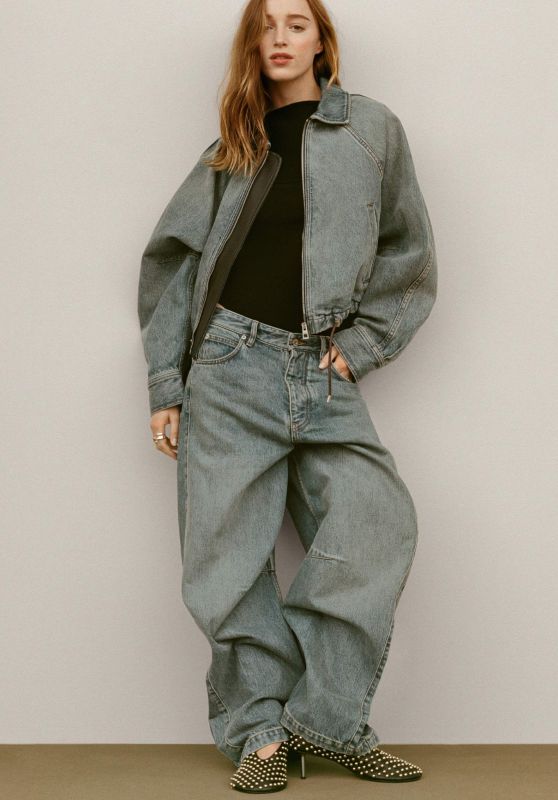“When I read Peter Brown’s book, there were several things that really got to me right away,” Chris Sanders said about his lauded film “The Wild Robot” in his speech when accepting the Spark Award at IndieWire Honors in Los Angeles on December 5.
“One of them was that it was a story about a mom, and moms are usually very much missing from animated films, but this one was all about that,” he said. “And there was this unrelenting kindness that the book was all about. And for those two reasons, I really, really wanted to get this film onscreen. The strengths of this story all lay in very fragile places.”
That particular thoughtfulness is what makes Sanders’ films so special: His animated classics such as “Lilo & Stitch,” “How to Train Your Dragon,” and now this September’s DreamWorks release, “The Wild Robot,” are all designed to move you, to take you places, and to show you something new. There’s real passion animating his work: The character of Stitch he created in 1985 and held onto for 17 years before the feature film with the character was released.


For “The Wild Robot,” starring Lupita Nyong’o as the title character, a particular passion animated Sanders’ creativity: A desire to wed the dynamic best of CG animation with the hand-painted warmth and humanity of pre-CG animation. In an interview with IndieWire’s Kate Erbland leading up to the ceremony, Sanders likened the exclusive use of CG animation to being in “a tunnel … and now we are looking at a big open field and mountains, and we can finally see the sky, and now we can finally go back to more broad, stylistic choices.”
It’s a theme he returned to in his speech at IndieWire Honors itself.
“One of the reasons the film works the way it does is because of the way it looks, and every frame is hand-painted,” Sanders said of “The Wild Robot” in his remarks. “It is done by hand, and that’s that kind of analog warmth I haven’t really been able to see since the hand-drawn days of ‘Lion King’ and ‘Lilo & Stitch,’ but we were able to bring that back. And artistically and technologically, this film represents the closing of a great circle, because when we first started doing these animated films in CG, we got these amazing things, but we also lost touch with the analog warmth that you can only get from the touch of a human hand. And the amazing artists at DreamWorks, technologically and artistically, found a way to actually do that.”
DreamWorks was very supportive of Sanders’ desire to push the aesthetic envelope of what’s possible in animation right now.
“People I really, really have to thank and recognize are Margie Cohn and Kristin Lowe, who are the executives at DreamWorks who bought the book,” he said. “And when we started making the film, the very first thing I talked to them about was, ‘You know, in order to get this to screen, we’re going to have to go in a completely different direction. We’re going to have to go into uncharted territory.’ And they said, ‘That’s why we bought the book.’ So, to their credit, they sat on their hands for many months, waiting for the animation to come in to see if this thing was really going to work. Because we changed everything about how we make an animated film in order to get this to the screen.”
“And the only reason that I’m able to get this stuff done is because of the incredible people at DreamWorks,” Sanders continued. “I am so excited to tell you that it’s several of my team are here, I’m not here alone, my amazing producers. Jeff Hermann and Heather Lanza, who are my producers, Mary Blee, my amazing editor, and Heidi Jo Gilbert, our head of story. And Raymond Zibach, who took the lead in creating the amazing look of the film.”
Watch Sanders’ full speech above, and check out all of our IndieWire Honors coverage right here.
Universal and Dreamworks released “The Wild Robot” in theaters on Friday, September 27. It is now available for rent or purchases at all major VOD providers.




















 English (US) ·
English (US) ·